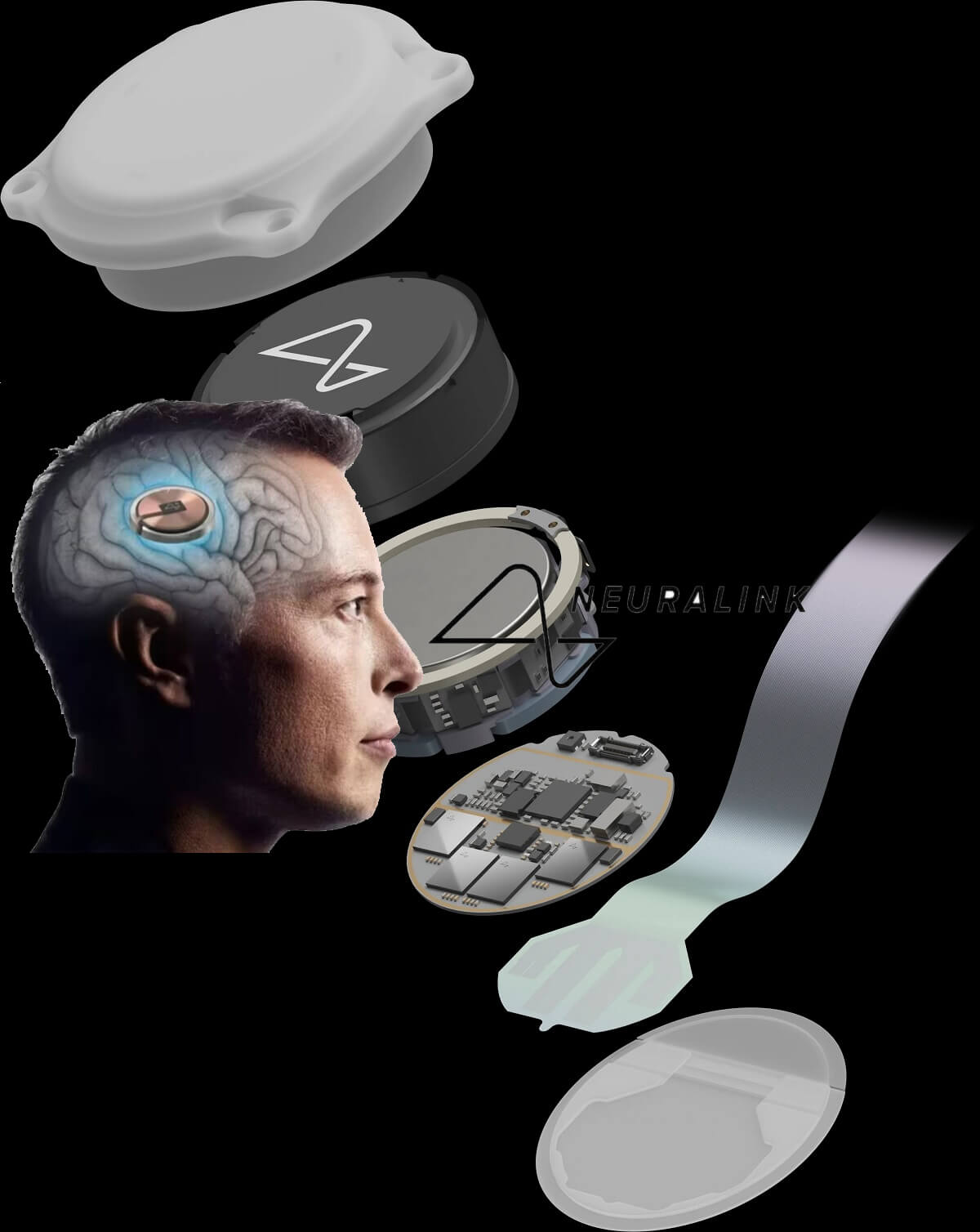
Learn the Facts About Neuralink and Brain Implants
Neuralink is a neurotechnology company founded by Elon Musk with the ambitious goal of developing implantable brain-machine interfaces (BMIs). This groundbreaking technology aims to revolutionize how humans interact with machines, offering unprecedented opportunities to treat neurological conditions and enhance cognitive abilities. This blog will delve into Neuralink's technology, its current and potential applications, ethical considerations, and future implications, providing a comprehensive overview of this innovative field.
Introduction to Neuralink
Neuralink was founded in 2016 by Elon Musk, a visionary entrepreneur known for his work with companies like SpaceX and Tesla. Musk's mission with Neuralink is to create a direct interface between the human brain and computers, ultimately helping individuals with neurological disorders and potentially augmenting human capabilities.
Key Figures and Milestones
Neuralink has made significant strides since its inception. Key milestones include:
- 2019: Neuralink unveiled its first brain-machine interface prototype, capable of reading brain activity through implanted electrodes.
- 2020: The company conducted successful trials on pigs, demonstrating the technology's ability to record and interpret brain signals.
- 2021: Neuralink announced successful trials with monkeys, where a primate was able to control a computer cursor using only its mind.
These milestones mark critical advancements in Neuralink's journey, showcasing the potential of this technology to transform lives.
Technology and Mechanism
How Neuralink's Brain Implant Works
Neuralink's brain implant, often referred to as "The Link," consists of ultra-thin, flexible threads that are inserted into the brain. These threads are equipped with electrodes capable of detecting and recording electrical signals produced by neurons. The Link device processes these signals and transmits them wirelessly to a computer for analysis.
The Science Behind Brain-Machine Interfaces
Brain-machine interfaces (BMIs) operate on the principle of neuroprosthetics, which involve interfacing with the brain's neural networks to restore lost functions or enhance existing ones. By interpreting the electrical activity in the brain, BMIs can enable direct communication between the brain and external devices, such as computers or prosthetics.
Current Applications
Uses in Treating Neurological Conditions
Neuralink's technology holds immense promise for treating a variety of neurological conditions, including:
- Paralysis: BMIs can potentially restore motor functions by bypassing damaged neural pathways.
- Epilepsy: Neural implants can monitor and predict seizures, providing timely interventions.
- Parkinson's Disease: BMIs can stimulate specific brain regions to alleviate symptoms.
Successes in Human and Animal Trials
Neuralink has conducted several successful trials that highlight its potential:
- Animal Trials: Demonstrations with pigs and monkeys have shown that Neuralink's implants can accurately record and interpret brain signals.
- Human Trials: Neuralink is preparing for human trials, which will be a significant step toward commercializing this technology and making it available to patients in need.
Future Prospects
Potential for Cognitive Enhancement
Beyond medical applications, Neuralink envisions a future where its technology can enhance human cognitive abilities. This includes:
- Memory Enhancement: BMIs could improve memory retention and recall.
- Learning Acceleration: Direct brain-computer interfaces could facilitate faster learning by providing instant access to information.
- Sensory Augmentation: BMIs could enhance human senses, allowing for superhuman capabilities such as improved vision or hearing.
Impact on Healthcare and Daily Life
Neuralink's technology could revolutionize healthcare by providing new treatments for previously incurable conditions. Additionally, it could significantly impact daily life by enabling seamless interaction between humans and machines, improving accessibility, and enhancing overall quality of life.
Ethical and Societal Considerations
Privacy Concerns
The integration of BMIs raises significant privacy issues. The ability to record and interpret brain signals means that sensitive information could be at risk if not adequately protected. Ensuring robust security measures will be crucial to safeguarding users' privacy.
Ethical Dilemmas of Human Augmentation
The potential for cognitive and sensory enhancement through BMIs presents ethical challenges. Questions arise about the fairness and accessibility of such enhancements, as well as the societal implications of creating a divide between augmented and non-augmented individuals.
Potential Risks and Side Effects
As with any medical technology, BMIs carry risks and potential side effects, including:
- Surgical Risks: The implantation process involves brain surgery, which carries inherent risks.
- Long-Term Effects: The long-term effects of having an implant in the brain are not yet fully understood and require extensive research.
Conclusion
Neuralink represents a significant leap forward in neurotechnology, offering transformative potential for treating neurological conditions and enhancing human capabilities. However, it also brings ethical and societal challenges that must be carefully navigated. Staying informed about the developments in this field is crucial as we move toward a future where the boundaries between humans and machines become increasingly blurred.
By understanding the facts about Neuralink, its technology, applications, and implications, we can better prepare for the profound changes it promises to bring. As Neuralink continues to push the boundaries of what's possible, it is essential to remain engaged and informed, ensuring that this revolutionary technology benefits society as a whole.
Mental Health




